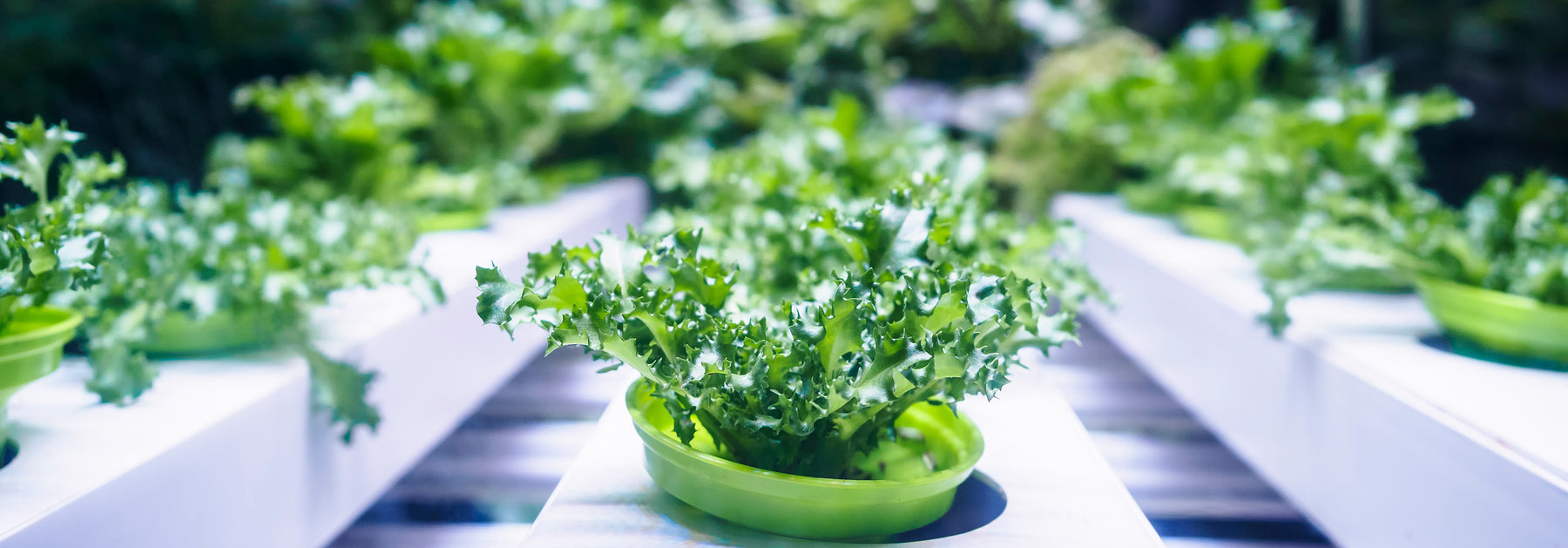
LED Lighting Technology in Plant Growth - Part.1
Part I: Background
Light, just like water, soil, temperature and air, is indispensable for plant growth. Man had realized the importance of water, soil and temperature in growing plants since a long time ago, and had begun to utilize irrigation, fertilization, and greenhouse technologies to artificially alter the conditions and environment for the plants. As a result, the yield was successfully improved. However, we’ve always had little knowledge of lighting and its influence on plant growth.
Man used to believe that plants could obtain all the necessary nutrition from the soil until the year 1880, when American scientist G. Engelmann found through experiments that green leaves could produce starch and release oxygen only with light. It was only after then that the lighting condition appeared in plant research and cultivation.
Normally the human eye can respond to wavelengths from 380nm to 780nm, (deep violet to near-infrared). Similar to the human eye, plants can absorb wavelengths from 400nm to 700nm, which is defined as photosynthetically active radiation (PAR). That is to say, only lights (wavelengths) from 400nm to 700nm can be perceived and absorbed for photosynthesis by plants.
Studies find that light influence plant growth in three aspects:
- Light intensity.
It is known that plants can absorb CO2, produce chemical energy, and release O2 only with light. In darkness, they respire, takes in O2, consume chemical energy, and release CO2. When the light intensity is 0, they only photosynthesize, and the higher the light intensity is, the faster the photosynthesis occurs. When photosynthesis and respiration happen at the same rate, the CO2 generated from latter is entirely absorbed by the former, and the light intensity at this point is defined as the light compensation point. Only when the light intensity is higher than the light compensation point can plants grow healthily. The rate of photosynthesis grows as light intensity does, but it stops when light intensity reaches a certain point, which is defined as the light saturation point.

Figure 1. Relationship between illumination intensity and photosynthetic rate
- Photoperiodism
Photoperiodism is the physiological reaction of plants to the length of day and night. According to their requirements for length of light and darkness in the 24-hour time cycle, plants are categorized as short day plants, long day plants and day-neutral plants. Photoperiodism is formed during the plant’s long-term adaption to the earth environment. Studies find that decreasing or increasing the lighting period can stimulate or postpone blooming.

Figure 2. Effect of dark interruption on flowering
(Source: http://knowledgeclass.blogspot.com/2015/01/photoperiodism.html)
- Light quality.
So compared to traditional artificial light source, what are the advantages of LEDs that bring the revolutionary changes to plant factories? We’ll talk about it in our next post of this plant growth series. Please STAY TUNED.

Comments
Leave a comment